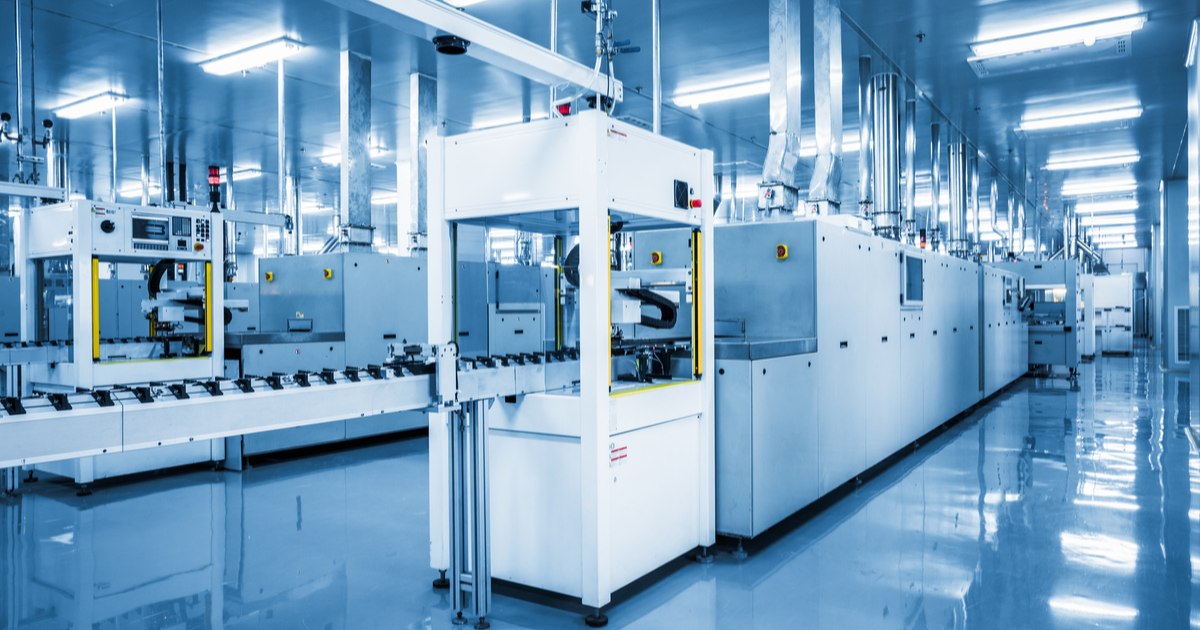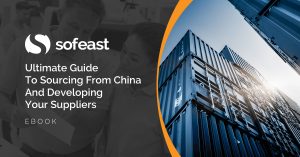Steve Dickinson wrote an article (Moving Manufacturing from China: Where you Gonna Run?) that got me thinking about complex manufacturing projects and China.
He outlines the main reasons why China became “the factory of the world” so quickly (especially from 1992 to 2005), for small and large buyers alike.
Other low-cost Asian countries are now trying to emulate these results and attract manufacturing, and they seem to focus on lower tax rates. Here are two recent articles I found on this topic:
- India cuts tax rate to 15% for new manufacturing units (published on 20 Sept.)
- Thailand Offers 50% Tax Break to Entice Manufacturers Fleeing China (published on 7 Sept.)
However, the situation in China has changed quite a bit. Steve writes:
Starting in 2005, China began progressively dismantling this system to the point where today China has become a high tax, high expense, heavily regulated place to do business. Chinese government incentives, where they exist, now focus on promoting high-tech, high-value added, low employment products: the exact opposite of its earlier programs. Where low-tech manufacturing is even considered, incentives are entirely focused on pushing manufacturing into the undeveloped Western region of China.
As a result of this change, many manufacturers have forgotten the type of incentive program that allowed China to build its export oriented manufacturing base. Also as a result of this change, for many manufacturers, China is no longer an attractive place to conduct their manufacturing operations. So the move from China was certain to happen. The current tariff dispute with the U.S. has just accelerated a process that was already in place.
Now, let me share what we have seen on the ground. A good chunk of our clients are in the USA, and our China operations have kept growing in spite of the trade war.
One reason for this is, we tend to work with SMEs rather than large groups, and moving manufacturing to another Asian country can be very difficult and risky for SMEs. Companies that buy billions of dollars of goods have a much easier time switching sources.
Why haven’t we felt any of that “let’s move out of China” pressure?
We have been supporting more and more hardware startups that are developing new electronic and/or mechanical products. And these companies have much greater issues to face than potential tariffs:
- Their number 1 objective is to confirm there is a demand for their new product at a price that makes sense.
- The next objective is to get the first batch of products on the market as early as possible. This way, they get customer feedback and money to get the second batch going… and no competitor beats them to market and gets all the attention.
- In case the product is particularly complicated technically, confirming concept feasibility before burning too much cash is very important.
- Other hurdles to deal with include certifications, keeping components & assembly costs low, preventing IP leakage, avoiding quality issues, and so on and so forth.
If they succeed at all these, they probably make sufficient margin to absorb tariffs (remember, they sell a new product without direct competition). And, if needed, they can relocate the production of a mature product to Vietnam — that’s much easier than doing the development and making the first batch there.
Is China really better than other Asian countries for complex manufacturing projects?
We looked at places such as Ho Chi Minh City and Bangkok. But they just can’t offer what our clients need.
Our prototyping facility is located in a new industrial area in Dongguan (a bit further North of Shenzhen airport). That’s right in the middle of the largest and the most experienced manufacturing hub of China.
Here are some of the benefits our clients have appreciated:
- Crude components for ‘quick and dirty’ prototypes can be ordered on TaoBao and received in 24 hours.
- Good suppliers can often be found nearby. For example, there is a great injection molding shop and great plating (both electroplating and PVD) shop in the same building… It makes discussions, follow up, and problem resolution much easier.
- Local expertise in a very wide variety of processes. The Shenzhen/Dongguan/Huizhou area has been working for foreign customers for more than 30 years.
- More and more manufacturers are hungry for business and will accept to make small orders. This was much more difficult 15 years ago when orders from oversea buyers were pouring in… and it is difficult in other South-East Asian countries these days.
- The prices of tooling and of some products/processes (e.g. PCBA) is more competitive in the Shenzhen area than in other Asian countries.
- A network of service providers, laboratories, etc. to provide support quickly and efficiently.
- Great infrastructure (with the exception of the internet if one needs to connect to websites hosted outside of China). Most shipments are sent out without a problem. Containers don’t “disappear”.
The only other place that might make sense is Taiwan. We haven’t seen this in Vietnam, Thailand, Indonesia, or Malaysia.
It might appear there soon. However, the manufacturing activity leaving China is sprinkled among those countries, and I am wondering if a new hub will really take shape in places like Ho Chi Minh City.
What have you seen? Do you agree with me, or do you feel that China has had its day when it comes to complex manufacturing? Tell me by leaving a comment, please.
Ultimate Guide To Sourcing From China And Developing Your Suppliers [eBook]
This FREE eBook from Sofeast starts from the beginning, discussing whether you need to hire a sourcing agent, and follows the sourcing process right through to developing a trusted supplier’s quality and productivity.
There are 15 chapters over 80+ pages to explore, providing exhaustive guidance on the entire sourcing and supplier development process from start to finish, including:
- Identifying suppliers,
- Negotiations,
- Quality inspections,
- Developing Chinese suppliers,
- Improving factory quality and productivity,
- and much more…



We work with small buyers (think anything from 20 – 100 k order volumes). Go on Alibaba.com, and you can actually “find products”.
The problem when sourcing in Vietnam, for example, is finding suppliers offering “products”
This may sound strange, but let me explain.
Yes, you *can* make electric scooters/watches/coffee makers/VR headsets in Ho Chi Minh City, but you’ll need to open your own factory and buy components for final assembly.
You will struggle, as a small buyer, to find that “coffee maker factory” with 20-30 different standard SKUs in Vietnam, Thailand, Indonesia, India or ANYWHERE that’s not Guangdong province (maybe Ningbo).
Or… even a single Watch factory, because the ecosystem is basically concentrated to Bao An and Longgang in Shenzhen.
Nintendo and their Taiwanese contract manufacturers can set up in Vietnam, Indonesia or even Ethiopia should they want to. Mr/Ms. Amazon FBA Seller can’t.
That said, the shift from China to elsewhere is real, because big business take big orders elsewhere, but that’s not the world I’m in anyway.
“But Vietnam’s #1 exports is electronics!? Clearly I can find whatever I want and you just write this because you are biased”
True, but these are numbers generated by Samsung and LG. Do I need to say more?
It will take a while for this to change. As you point out in the article, the shift is not from point A to B, but from A to B, C, D, E and F.
Btw, I am writing this from District 2 in Ho Chi Minh City (Saigon), Vietnam. I go here when I need a break from Hong Kong.
Thanks Fredrik for sharing experiences. That’s totally in line with what we have found!
I also wrote about it on https://qualityinspection.org/large-importer-negotiate-china-vietnam. The world large buyers live in is different from that of small buyers. And it is much more different in Vietnam than in China.